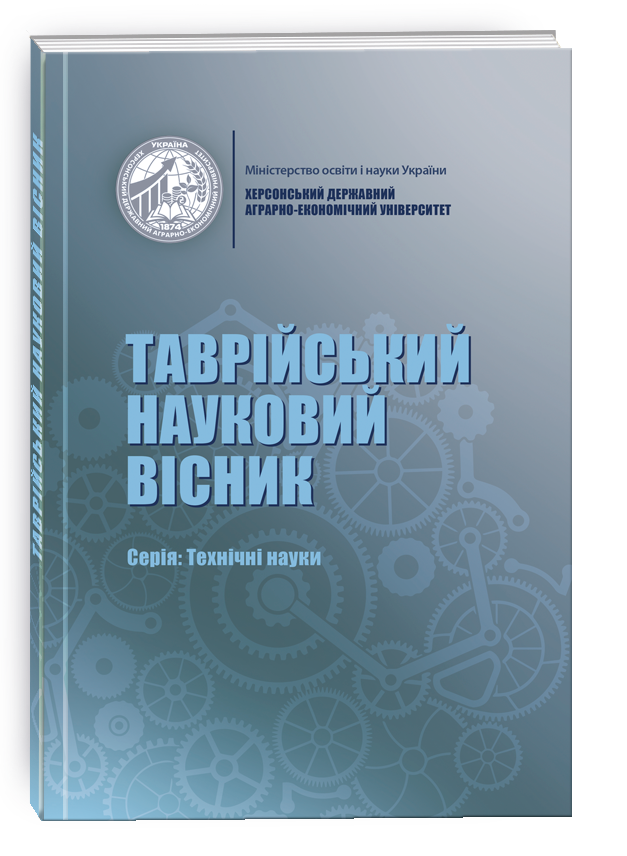ANALYSIS OF RAW MATERIALS FOR THE DEVELOPMENT OF UKRAINIAN RYE BREAD WITH AN IMPROVED RECIPE
DOI:
https://doi.org/10.32782/tnv-tech.2024.2.18Keywords:
Ukrainian bread, recipe, raw material, sourdough, lard, garlic, baking technology, organoleptic propertiesAbstract
The article analyzes raw materials for the development of the newest Ukrainian rye bread with an improved recipe. In the process of studying the recipe, the possibility of improving the quality of bread by adding lard and garlic during baking was discovered. It is noted that the use of sourdough is a key element in bread making, offering a new approach to the traditional production process. The results of the analysis of raw materials indicate the possibility of creating tasty and useful bread that meets the modern requirements of consumers and contributes to the improvement of food culture. Further research in this direction may lead to the improvement of the formulation and the creation of innovative products on the market. The article highlights the importance of using quality raw materials such as high quality rye flour and natural ingredients to ensure high quality and nutritional properties of the product. The authors emphasize the use of sourdough as a key element in the technology of bread production, which contributes to the improvement of taste qualities and additional useful properties of the product. The essence of the liquid sourdough preparation technology is to prepare sourdough with a moisture content of 78–85%, with the introduction of about half of the flour in the form of a sourdough. Sourdough with such high humidity does not contain enough sugars, water-soluble nitrogen and other nutrients necessary for the active development of yeast and lactic acid bacteria. In order to replenish the nutrient medium with nutrients during the preparation of the sourdough starter, sweetened brew is added. Sourdough is fermented at a temperature of 31–32℃ to ensure the active development of lactic acid bacteria and the accumulation of acids. Special emphasis is placed on studying the effect of adding lard in limited quantities and garlic on the characteristics of the dough and the quality of the finished bread. The results of the research can have a significant impact on the development of new recipes and the production of bakery products with an improved recipe and improved organoleptic properties.
References
Гуліч М.П., Онопрієнко О.М, Ольшевська О.Д. Харчування – вагомий фактор збереження здоров’я населення. Інститут гігієни та медичної екології ім. О. М. Марзеєва АМН України, Київ. 2014. С. 56–58.
Куліні В. І. Актуальність використання поліпшувачів у технології виробництва житньо – пшеничного хліба. Здобутки, проблеми та перспективи розвитку готельно-ресторанного та туристичного бізнесу : матеріали ІІ-ї Всеукраїнської науково-практичної конференції, 29 жовтня 2013 р. К.: НУХТ, 2013. С. 128–130.
Коваль, О. А. Хлібець пшенично-житній – продукт здорового харчування. Сучасні економічні системи: стан та перспективи розвитку : тези доповідей VІІ Міжнародної науково-практичної інтернет-конференції, 16–17 травня 2016 р. Хмельницький: ХКТЕІ, 2016. С. 467–470.
Летута Т. М., Черевична Н. І., Гапонцева О. В. Товарознавство продуктів функціонального призначення. Опорний конспект лекцій. Харків: ХДУХТ, 2012.
Дробот В.І. Технологія хлібопекарського виробництва. К.: Логос, 2006. 406 с.
Сильчук, Т. А. Використання не традиційної білковмісної сировини у виробництві хліба. Вісник Харківського державного технічного університету сільського господарства, 2014. Вип. 27. С. 274–277.
Коваль Ю. П. Виробництво житньо-пшеничного хліба збагаченого сумішшю прянощів. Науковий журнал «ΛΌГOΣ. Мистецтво наукової думки» No1. Грудень, 2018.
Дробот, В. І. Дослідження впливу добавок на процес черствіння хліба. Харчова наука і технологія. 2012. № 1. С. 56–58.






